During that time, Hanoi has developed more strongly and is steadily moving forward on the path of building a cultured, civilized and modern Capital. The milestone of expanding the Capital - the heart of the whole country is considered a historical construction and to this day continues to create momentum and strength with the country entering a new era.
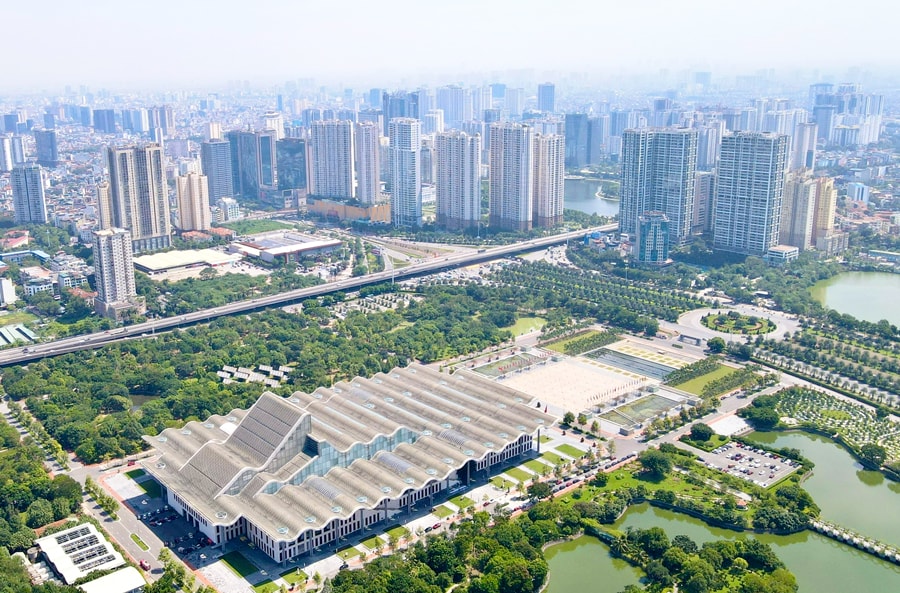
Changing the face of the countryside
Traveling about 75km from the center of Hanoi, we arrived at the center of Ba Vi commune - where the Kinh, Muong and Dao ethnic groups live. An open space of mountains and forests with immense, green forests, lessening the heat of summer.
From the commune center, we went about 3km further to Minh Hong village located right at the foot of the majestic Ba Vi mountain. The overwhelming scene that appeared before our eyes was the endless fields of cassava trees, stretching from the valley up to the 250-meter height of Ba Vi mountain.
Following a small path, Mr. Nguyen Van Duân (69 years old, Minh Hong village, Ba Vi commune), who has more than 50 years of experience making dong vermicelli in the locality, led us into a green dong garden. “My family grows about 1 hectare of dong riền. We produce 50 tons of vermicelli a year, with a total revenue of about 2.5 billion VND,” Mr. Duân said as he walked.
What impressed us in Mr. Duẩn's sharing was that since Ba Vi commune became a part of the Capital, Minh Hong dong vermicelli products have had a remarkable development. "The roads are convenient, dong vermicelli has been registered as a product trademark by the city's functional agencies, making it easier to consume. Thanks to that, many families have become rich from making vermicelli. You see, around here there are many households with big houses...", Mr. Duẩn confided.
As Mr. Duẩn said, among the lush green cassava gardens are spacious, modern high-rise buildings. The dirt roads in Minh Hong village in the past have now been paved with asphalt and concrete, making them spacious and airy.
The story of economic development from Mr. Duẩn's vermicelli making profession and the development of Minh Hong village today is a testament to the strong change of the mountainous commune of Ba Vi (merged from three communes of Ba Vi district in the past, Ba Vi, Minh Quang and Khanh Thuong).
It is worth mentioning that the breakthrough transformation of Ba Vi - once the most difficult and remote place in the capital - is that the commune no longer has poor households. Chairman of the People's Committee of Ba Vi commune Nguyen Giap Dong said that in recent years, the commune's socio-economic infrastructure has been gradually improved, meeting the needs of the people. Notably, out of 12 kindergartens, primary schools, and secondary schools, 10 have met national standards. The road system has connected to remote villages and hamlets at the foot of Ba Vi mountain range.
Like Ba Vi mountainous commune, the 125 communes and wards of the capital have all developed remarkably, especially the difficult areas in the old districts such as My Duc, Thach That, Ba Vi, Soc Son, Quoc Oai since Hanoi expanded its administrative boundaries (August 1, 2008) until now... This is a proud achievement when Hanoi is the leading locality in building new rural areas and has been recognized by the Prime Minister for completing the task of building new rural areas at the city level.
Along with the "change of skin, change of flesh" in the difficult areas, remote areas, rural areas of the capital, the inner city of Hanoi has also changed strongly. Wide roads, bridges connecting the two banks of the river, new urban areas, high-rise buildings are springing up... are helping the appearance of the thousand-year-old capital to both maintain its cultural character and strongly advance towards civilization and modernity.
The material and spiritual life of the people of the capital has really changed in both quality and quantity. This is also one of the greatest and most meaningful results that the capital Hanoi has achieved in recent years.
Be a role model and take the lead in implementing policies .
It must be affirmed that after 17 years of administrative boundary adjustment, the capital's socio-economic development has made remarkable strides. Although accounting for only 1% of the area and more than 8% of the population, Hanoi annually contributes about 1/4 of the state budget revenue and more than 16% of the country's Gross Domestic Product (GDP) (as of 2024). In 2024, Hanoi's budget revenue will exceed 500,000 billion VND, leading the country. The capital's economic scale will reach about 59 billion USD, accounting for more than 1/10 of the country's economic scale.
In the first 6 months of 2025, in the context of the world situation continuing to have complex and unpredictable developments, the city still maintained positive economic growth momentum. Gross Regional Domestic Product (GRDP) increased by 7.35% (in the same period last year, it increased by 5.44%; the scenario set at the beginning of the year was 7.21%). Total state budget revenue in the city accumulated to June 15, 2025 was 371,537 billion VND, reaching 73.5% of the year's estimate, up 54.9% over the same period in 2024; attracting foreign investment capital reached 2.9 billion USD, the highest in the country.
In particular, following the successful lessons in the administrative boundary adjustment 17 years ago, the city is an exemplary locality, taking the lead, systematically and seriously implementing the arrangement of administrative units; is the locality with the highest rate of reduction of commune-level administrative units in the country (reduced by 76%, from 526 communes, wards and towns to 126 new communes and wards), with the consensus rate of the people reaching over 97%.
The city also focuses on successfully completing urgent and urgent political tasks, while proactively developing major strategic policies for the development of the capital such as: Submitting to the Central Government and the National Assembly to amend the Law on the Capital, developing and submitting to the Prime Minister for approval the Hanoi Capital Planning for the period 2021-2030, with a vision to 2050 and the Project to Adjust the Hanoi Capital Master Plan to 2045, with a vision to 2065. Up to now, these major decisions are coming into life. At the same time, the city has been concretizing development goals by investing heavily in strategic infrastructure such as: Ring Road 4 - Hanoi Capital Region, prioritizing investment in 3 areas (health, education, culture), putting into operation 2 urban railway lines (Cat Linh - Ha Dong and Nhon - Cau Giay)...
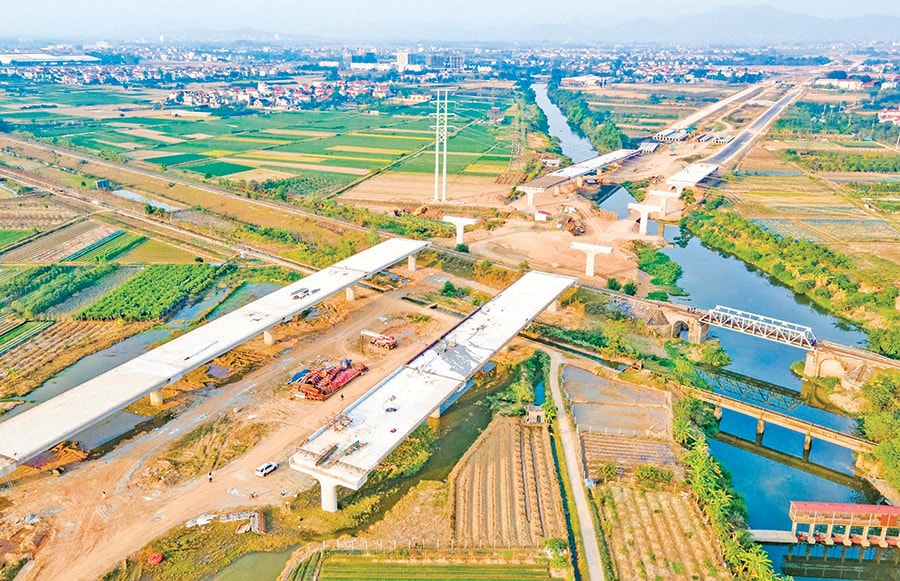
Inspiring the desire for development
Together with the whole country, the capital Hanoi is confidently stepping into a new era. The important task ahead that the city is implementing methodically, synchronously and strongly is to operate the 2-level local government apparatus to ensure smooth and effective operation in accordance with the direction of the Party Central Committee and the conclusions of the Politburo and the Secretariat.
In addition, the city focuses on implementing many important and strategic tasks such as: Continuing to synchronously and comprehensively implement Resolution No. 15-NQ/TU dated May 5, 2022 of the Politburo on the direction and tasks of developing the capital Hanoi to 2030, with a vision to 2045; implementing and concretizing the Capital Law 2024 and approved plans... In particular, the city is urgently and promptly implementing the "four pillars" of the Politburo on innovation, reform, and breakthroughs in national development: Resolution No. 57-NQ/TU dated December 22, 2024 on breakthroughs in science and technology development, innovation and national digital transformation; Resolution No. 59-NQ/TU dated January 24, 2025 on international integration in the new situation; Resolution No. 66-NQ/TU dated April 30, 2025 on innovation in law making and enforcement to meet the requirements of national development in the new era; Resolution No. 68-NQ/TU dated May 4, 2025 on private economic development and many other important tasks.
The major orientations and new issues mentioned above as well as in practice are being specified by the city in the Documents of the 18th City Party Congress for implementation in the coming period. In addition to the general tasks, Hanoi also continues to identify key issues of key issues, breakthroughs of breakthroughs in various fields, in which, digital transformation is the main driving force contributing to economic development. The city must prioritize and focus on handling environmental pollution, especially improving air quality, renovating inner-city rivers, developing more parks and flower gardens; drastically implementing solutions to ensure food safety and improve the quality of health care for the people.
To effectively carry out important political tasks in the coming period, Politburo member, Secretary of the City Party Committee, Head of the Hanoi City National Assembly Delegation Bui Thi Minh Hoai said that entering a new development stage of the Capital and the country, Hanoi is determined to complete the targets of the 13th National Party Congress and the 17th City Party Congress. In particular, one of the important goals that Hanoi is striving to implement is to promote economic growth to over 8% in 2025. The city will also carry out comprehensive digital transformation, effectively operate the 2-level local government apparatus and successfully organize the 18th City Party Congress.
History has given Hanoi a special mission, not only as an administrative and political capital, but also as a spiritual symbol, an intellectual center, a development locomotive and a pride of the entire Vietnamese people throughout its glorious history. Therefore, the Party Committee, government and people of the capital always clearly recognize its position and role and know how to arouse the desire for strong development in the new era. True to the belief of General Secretary To Lam for the capital Hanoi: "With a thousand-year tradition of civilization, with a team of dedicated, intelligent and brave cadres, together with the consensus, dynamism and innovation of the entire people, Hanoi will overcome all challenges, strongly promote its potential, maintain its pioneering role and continue to shine as a modern - creative - humane capital, worthy of being the heart of the Fatherland, a typical image of a Vietnam that innovates, develops and successfully integrates in the new era".
Source: https://hanoimoi.vn/ky-niem-17-nam-dieu-chinh-dia-gioi-hanh-chinh-thu-do-ha-noi-1-8-2008-1-8-2025-vuon-minh-manh-me-trong-ky-nguyen-moi-711044.html







![[Photo] Explore the US Navy's USS Robert Smalls warship](/_next/image?url=https%3A%2F%2Fvphoto.vietnam.vn%2Fthumb%2F1200x675%2Fvietnam%2Fresource%2FIMAGE%2F2025%2F12%2F10%2F1765341533272_11212121-8303-jpg.webp&w=3840&q=75)
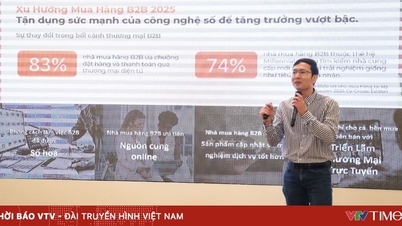

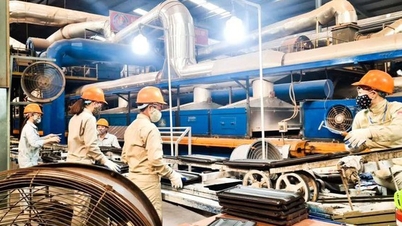



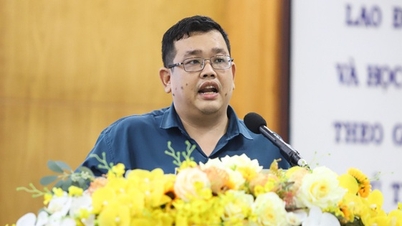

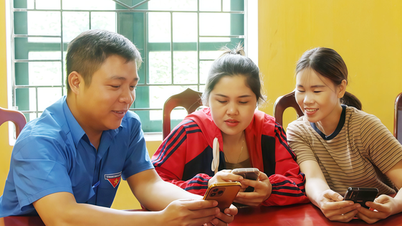
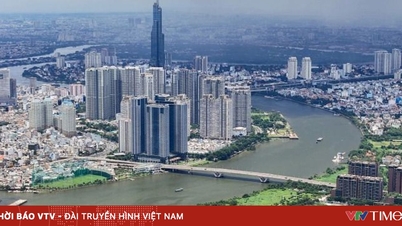




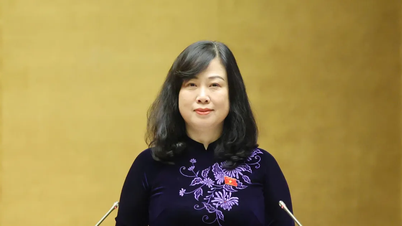



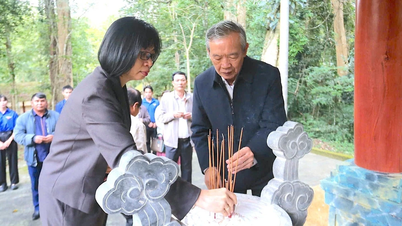

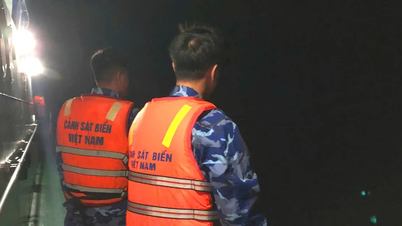


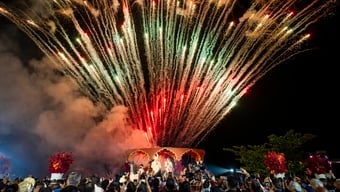
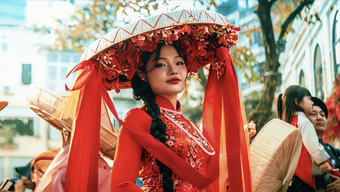
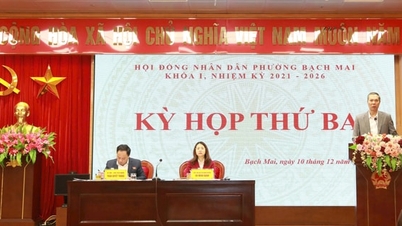

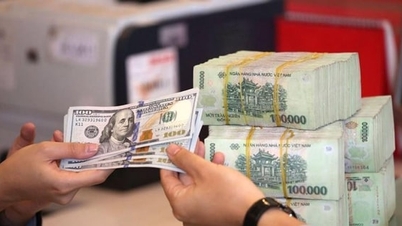


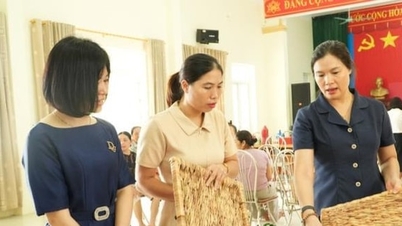

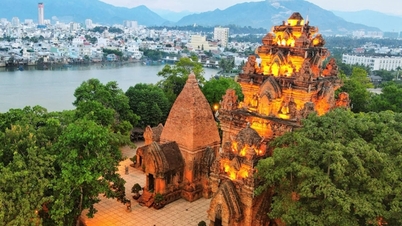



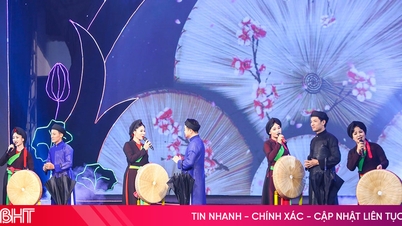

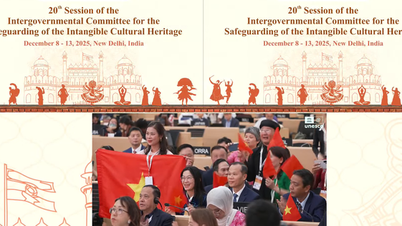

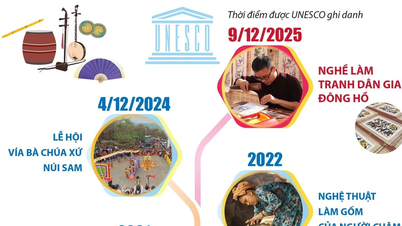

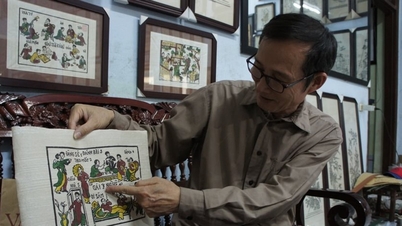

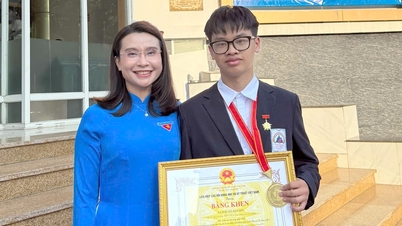

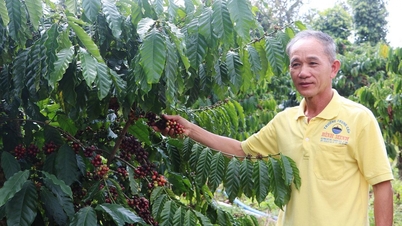

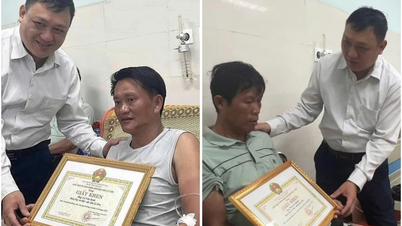

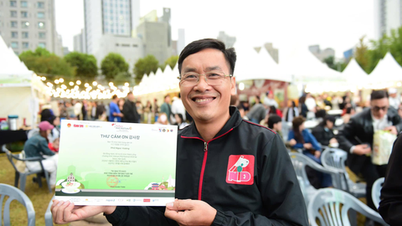

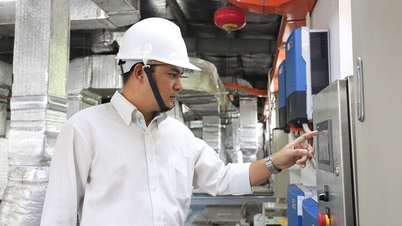



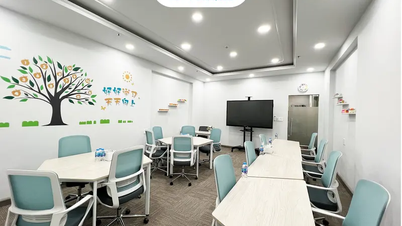

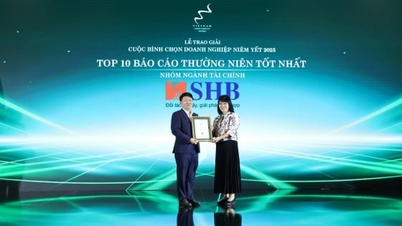

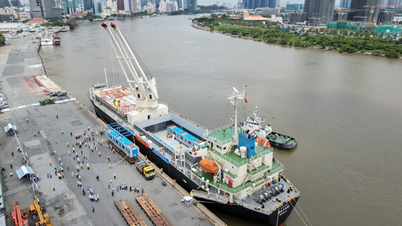

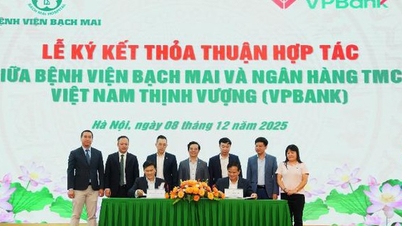



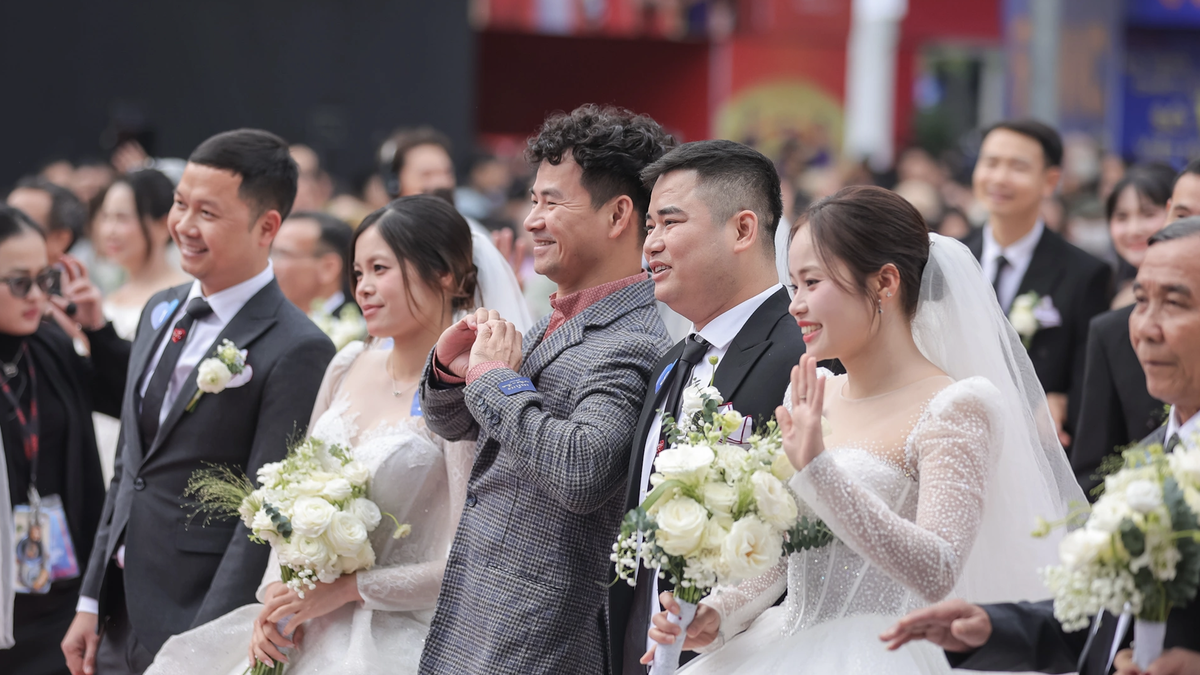
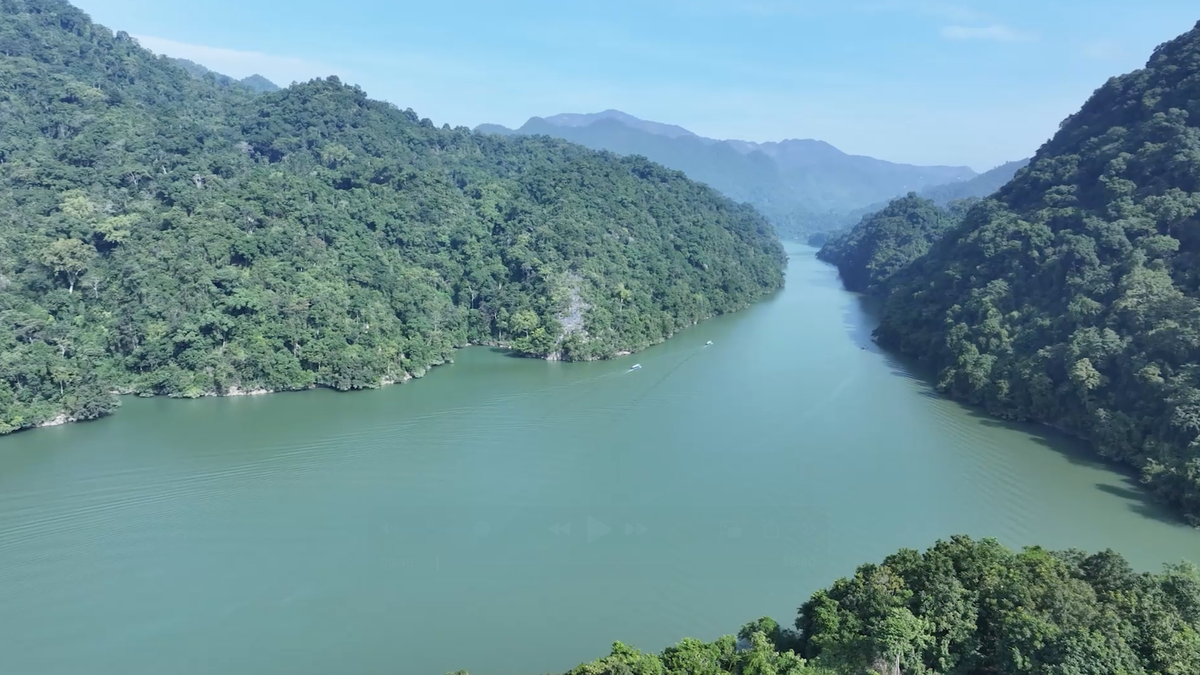


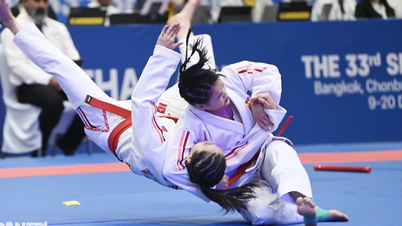



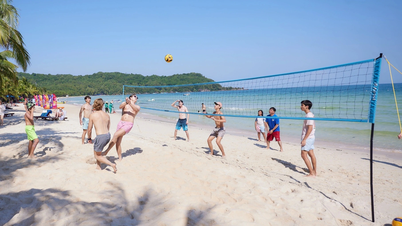
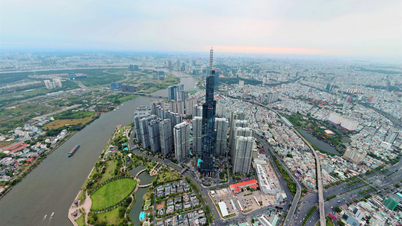
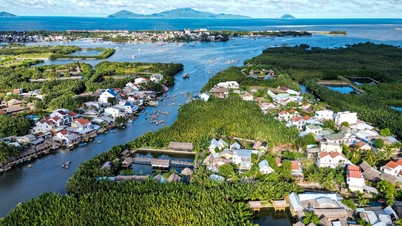
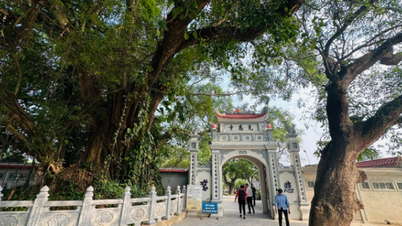
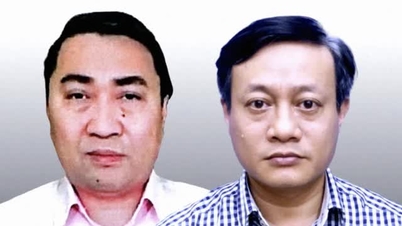

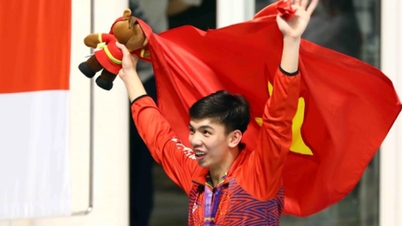
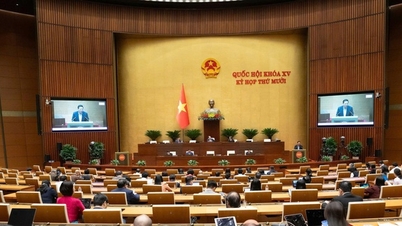
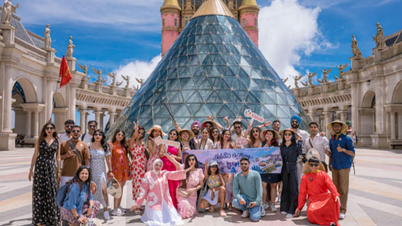
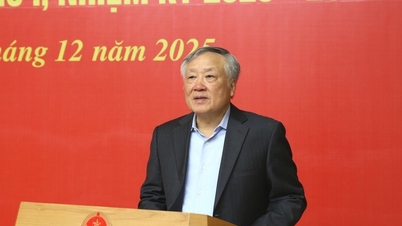
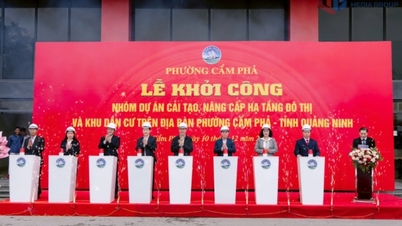
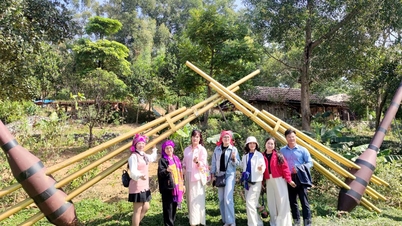

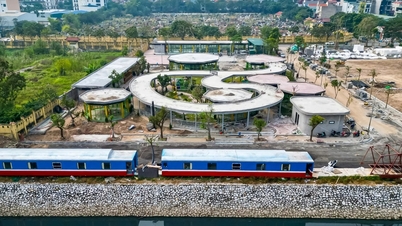

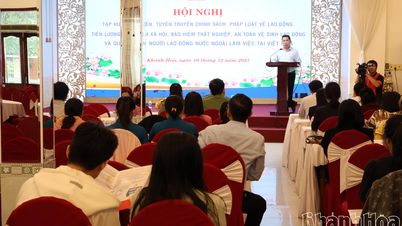
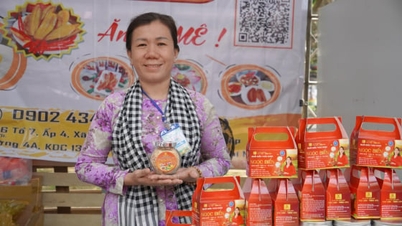










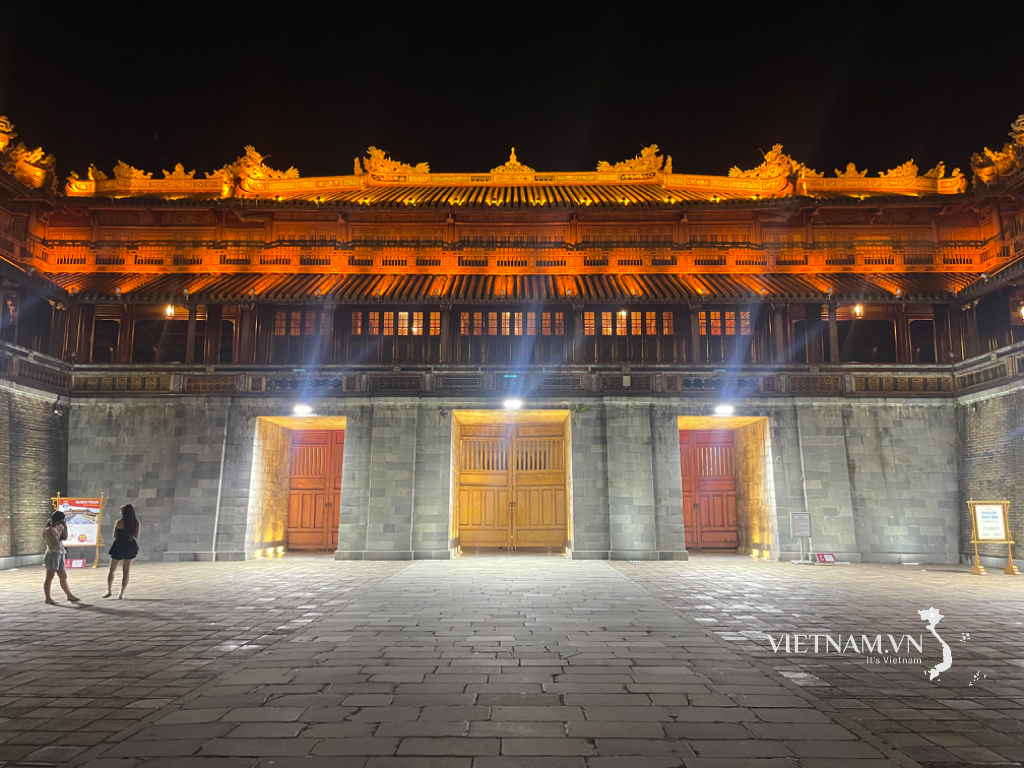





Comment (0)